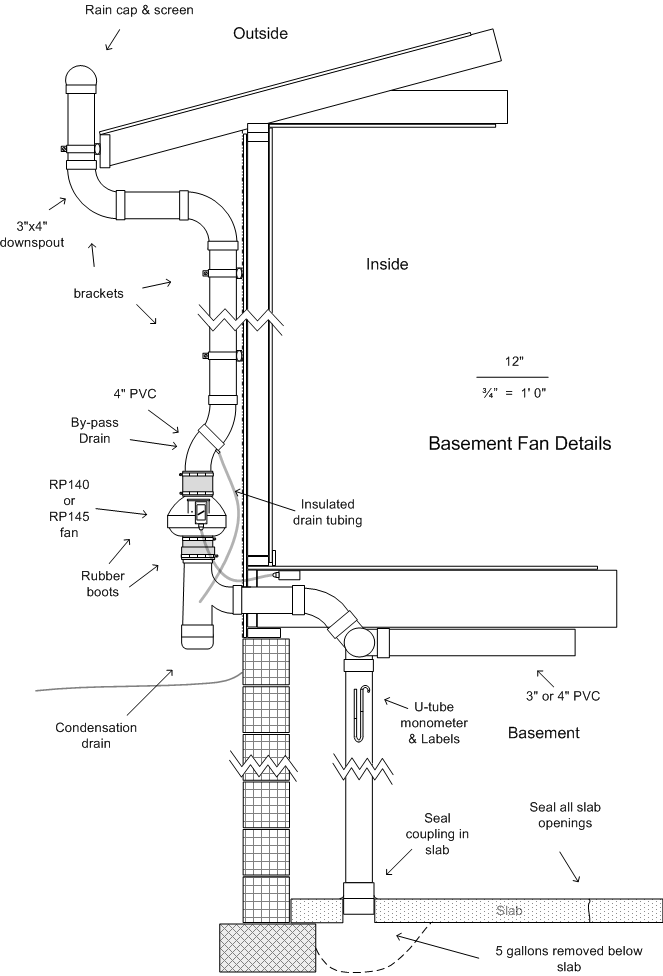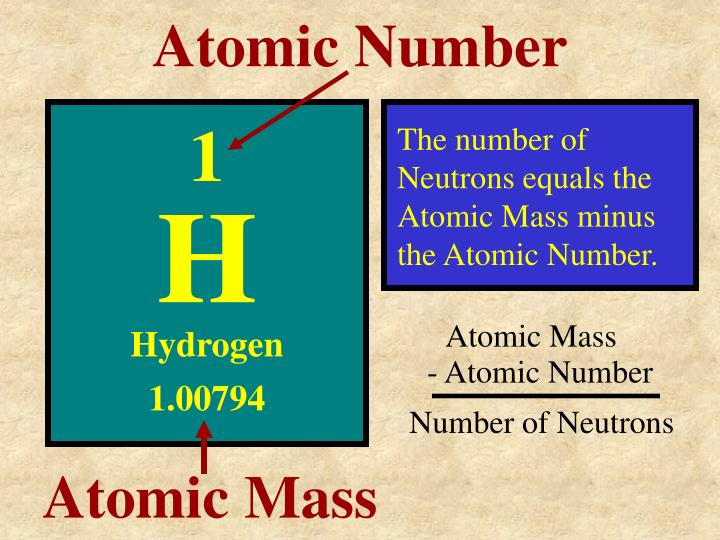What are the signs of radon poisoning?
There are no safe radon levels. Any exposure to the gas, no matter how small, can cause damage to the DNA in your lung, the lower the levels found in your home, the lower the risk you have of developing lung cancer.
One of the much more typical sorts of long-lasting detector is the Alpha Track detector or AT. Year-long dimensions by AT detectors in living rooms offer ample dimensions for decision production. Radon focus in air is determined in devices of picoCuries per Liter (pCi/L) or Becquerels per cubic meter (Bq/m3).
There is no conclusive proof that children go to greater threat than grownups from radon. Presently, there is also no definitive proof that radon direct exposure brings about raised threat of acquiring various other cancers or conditions. Alaskans Find more info are invited to add radon examination results to the data source, which will certainly accumulated results to help preserve discretion.
Can radon cause headaches?
Radon gas is odorless, colorless, tasteless and radioactive. Radon gas seeps into the home through radon entry points in the foundation. Because you can't smell radon gas, the only way to know if you have it in your home, office or school is to test for it.

There are numerous alternatives for testing for radon in your home. Acitvated charcoal packages are a simple, in the house, choice to examine for radon. Various other tests aim to identify the alpha bits emmitted by radon. There are 2 common ventilation choices to remediate high levels of radon.
Risk of fatality from lung cancer in a lifelong non-smoker was negligible, and only marginally enhanced by radon direct exposure. Radon concentration is highest possible inside your home, especially in houses and small buildings. In the UK, the plan is for activity to be taken in the home when focus is at or over 200 becquerels (Bq) per cubic metre.
Does Radon make you tired?
The more uranium there is, the more radon there is. That makes radon the second leading cause of lung cancer after smoking. But even minor symptoms like headaches, feeling unusually tired, itching or burning eyes, irritated skin, nasal congestion, a dry throat or nausea could be due to your home's indoor air quality.
Radon, Smoking, as well as Lung Cancer Cells: The Need to Redouble Radon Control Policy
Why is radon bad for you?
Radon produces a radioactive dust in the air we breathe. The dust is trapped in our airways and emits radiation that damages the inside of our lungs. This damage, like the damage caused by smoking, increases our risk of lung cancer.
The airborne bits and the gas itself, when breathed in, are deposited within the lungs. Intake of radon through contaminated water likewise occurs, however it has not been discovered to affect human health and wellness. Infected water can, under certain temperature levels and pressures, launch radon as a gas. Cigarette cigarette smokers ought to maintain their direct exposure to radon as reduced as possible. If your home was examined in a rarely made use of basement, it might have gauged a radon level that is greater than the real level you are revealed to, investing the majority of your time upstairs.
How much does radon cost per gram?
Radon is available at a cost of about $4/mCi.
That's because measuring radon levels over a longer time period reduces the chances of incorrect analyses brought on by weather and also seasonal temperature levels, as these aspects effectively balance out. Generally, people take in between 17,280 and 23,040 breaths each day. And considering that lots of people spend a majority of their day within, that's a great deal of interior air we're taking a breath. With ventilation systems, air purifiers, houseplants and also air filters, we hardly ever stress over the air we're breathing in the house. However despite having all things that purify our air, there are a number of house health hazards that might be floating around your home, moving into your lungs as well as setting up a permanent residence.
The follower at the terminus of the system likewise promotes mechanized ventilation. This suggests that when radon goes into the body the body is now exposed to continuous radiation. Radon enters the body with inhaltion as well as works out in the lungs. These bits pester the cells of the lungs and also can physically damage the DNA of the afflicted cells. According to the United Nation's World Wellness Company radon is the 2nd leading root cause of lung cancer cells after smoking in many nations.
This damages, like the damages brought on by smoking, boosts our threat of lung cancer cells. Medical professionals tell her the reason for her cancer cells is likely due to long-term direct exposure to radon. It had actually leaked in through the cellar of her home where her bed room was.
Everybody assumes with radon you're done after one examination yet that's not true. Some firms have tests that continually check like a smoke detector. The screen attaches to your phone and also tracks information, such as air quality, moisture, and obviously radon levels, lasting. It determines an average so you have a much better idea if your radon levels are consistently high with time.
Can I install my own radon mitigation system?
In most cases, pros charge about $1,500 to install a radon mitigation system, but you can do it yourself for only about $500 in materials. So if you're fairly handy and have some carpentry, plumbing and electrical skills, you can install your own system in a weekend and save yourself a thousand bucks!
- You https://www.4shared.com/office/OX1LNPpqiq/476930.html can get help from the EPA by calling RADON () if you have inquiries concerning radon in your residence.
- In fact, research shows that smokers are almost seven times most likely to establish lung cancer cells than nonsmokers when exposed to the very same quantity of radon.
- Nevertheless, these are normally not significant factors to the radon levels in a house.
- Radon can enter your house with cracks and also openings in the structure, through well water, and also via structure products, the Epa (EPA) states.
As a whole, the Northeast, southern Appalachia, the Midwest, and also the northern plains often tend to have levels over the recommended restriction of 4 pCi/L, while coastal areas often tend to have reduced degrees. Newer residences might likewise have higher degrees of radon because the dirt around the house is more porous, which can make it easier for radon gas to move in. It's approximated that 1 in 15 https://www.sendspace.com/file/cxgcvj American houses have a raised level of radon gas.
Is a radon level of 2 safe?
Radon levels are measured in picocuries per liter, or pCi/L. Levels of 4 pCi/L or higher are considered hazardous. Radon levels less than 4 pCi/L still pose a risk and in many cases can be reduced, although it is difficult to reduce levels below 2 pCi/L. Once installed, a follow-up radon test is done.
Is a radon level of 3 safe?
No, not at all. But a claim that a company can completely eliminate radon from your home should be very closely scrutinized. By definition, Radon Mitigation is any process used to reduce radon gas concentrations in the breathing zones of occupied buildings.
Is radon heavier than air?
Radon gas is approximately 7.5 times heavier than air. It is however a noble gas with no chemical affinity but is easily influenced by air movements and pressure. In a house with forced air heating and cooling, radon gas can easily be distributed throughout the entire dwelling.
How do you eliminate radon?
If a person has been exposed to radon, 75 percent of the radon progeny in lungs will become "harmless" lead particles after 44 years. When an alpha particle damages a cell to make it cancerous, the onset of lung cancer takes a minimum of 5 years but most often 15 to 25 years, and even longer.
Where is Radon most commonly found?
There's no single method that fits all radon removal system needs. Common techniques include: Sub-slab depressurization, where suction pipes are inserted through the floor or concrete slab into the concrete slab below the home. A radon vent fan then draws out the radon gas and releases it into the air outside.
How effective is radon remediation?

The Surgeon General and the EPA recommend testing for radon and reducing radon in homes that have high levels. Fix your home if your radon level is confirmed to be 4 picocuries per liter (pCi/L) or higher. Radon reduction systems work. Some radon reduction systems can reduce radon levels in your home by up to 99%.
Is a radon level of 5 bad?
Safe radon levels. The best radon level measurement would be zero. The average global outdoor radon level varies between 5-15 Bq/m3, equal to 0.135-0.405 pCi/L. For every 99.9 Bq/m3, or every 2.7 pCI/L increase in long term radon exposure, lung cancer risk rises 16 percent.
What kind of cancer is caused by radon?
Radon decays quickly, giving off tiny radioactive particles. When inhaled, these radioactive particles can damage the cells that line the lung. Long-term exposure to radon can lead to lung cancer, the only cancer proven to be associated with inhaling radon.
Does home insurance cover radon mitigation?
homeowners insurance and radon remediation While home insurance is designed to financially protect you from sudden and unexpected perils such as fire or theft, it typically won't cover things that can be considered related to home maintenance like radon testing and mitigation.
What causes radon?
Being exposed to radon for a long period of time can lead to lung cancer. Radon gas in the air breaks down into tiny radioactive elements (radon progeny) that can lodge in the lining of the lungs, where they can give off radiation. This radiation can damage lung cells and eventually lead to lung cancer.
Should I buy a house with high radon?
EPA RECOMMENDS: If you are buying or selling a home, have it tested for radon. For a new home, ask if radon-resistant construction features were used and if the home has been tested. Fix the home if the radon level is 4 picocuries per liter (pCi/L) or higher.
Do all homes have some level of radon?
The EPA estimates the lifetime risk of radon-induced lung cancer for never-smokers at 7 per 1,000 people, compared with 62 per 1,000 for smokers exposed to a level of 4 pCi/L. Your risk goes up with your exposure to radon and cigarette smoke over time.